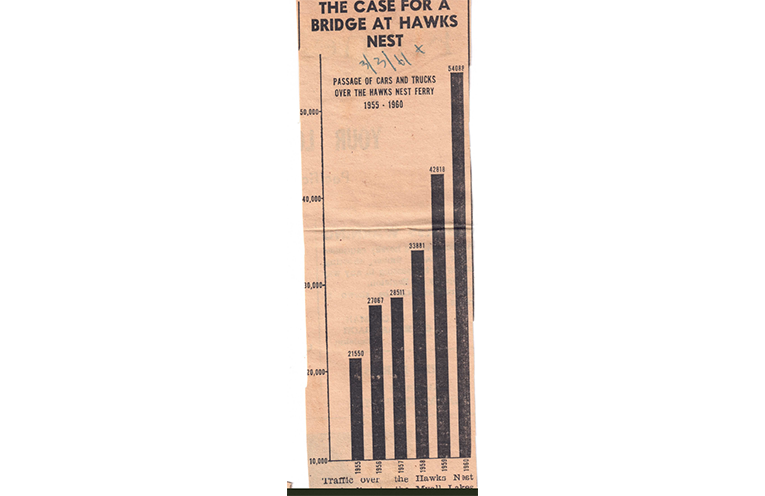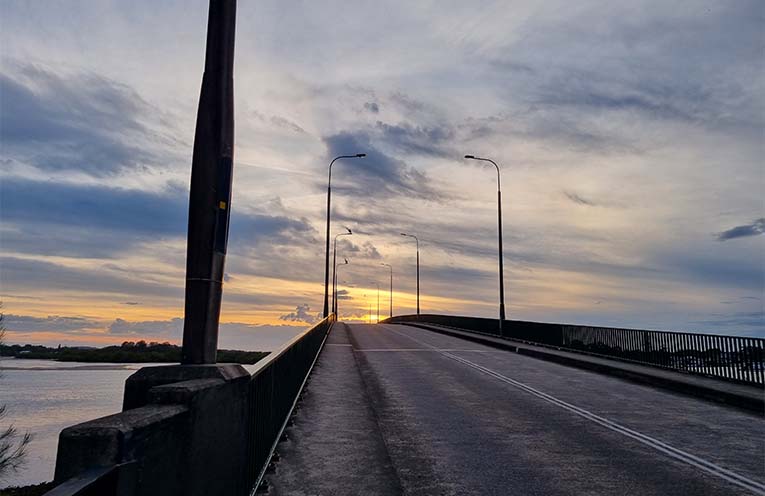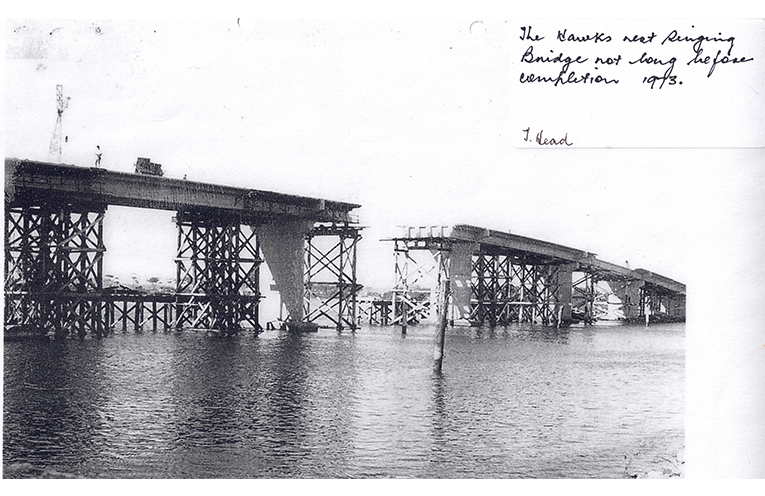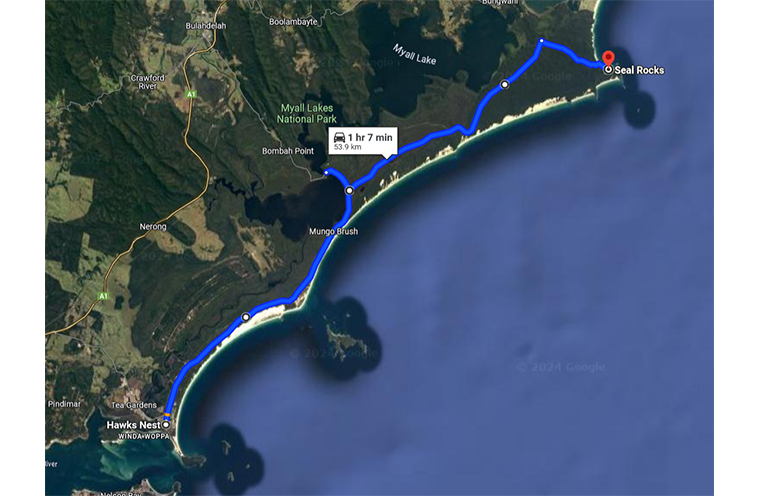
CELEBRATING the Singing Bridge’s 50th Anniversary this year requires a retrospective on what it took finally to build ‘Our Bridge’, now the centrepiece of Tea Gardens and Hawks Nest townships.
Plenty of documentary evidence suggests that Hawks Nest was little more than a bushland holiday spot when the first unofficial Engels’ vehicle ferry began in 1928.
 Advertise with News of The Area today.
Advertise with News of The Area today.It’s worth it for your business.
Message us.
Phone us – (02) 4981 8882.
Email us – media@newsofthearea.com.au
The utter beauty of the area, and some unseen natural resources, inevitably attracted more people, which triggered upgrades to the punt service.
One NOTA letter to the editor in April 1974 asserted that “there had been a Government move in the 1950s that all subsidised ferries were to be replaced by bridges – the Hawks Nest ferry, however, was not subsidised, hence, it always fell to the bottom of the priorities list as matter of (State) Government policy”.
By 1961, it was reported that, “Traffic over the HN ferry leading to the Myall Lakes is now greater than that over the Forster-Tuncurry bridge at the time that bridge was constructed,” citing a graph by the Myall Valley Institute for Regional Research from figures compiled by then Stroud Shire Council.
Sustained agitation for a bridge intensified, including petitions by local residents, landholders and tourists, asking the NSW Premier, Hon. RJ Heffron, MLA, to consider building one to replace the ferry, which was, by that point, routinely taken out of action every month, plus multiple unplanned break-downs.
During the 1960s, heavy industry came to Hawks Nest when Mineral Deposits Limited (MDL) began sand-mining for rutile, a mineral form of titanium, and zircon, both with industrially significant applications.
Numbers from the 1977 Tea Gardens School Centenary Book tell a lot.
“In 1955: 21,550 vehicles made the crossing, and in 1973: 252,574 – over a quarter of a million, averaging three persons per car, then 6,000,000 had used the ferry in 20 years.”
The February 1973 NOTA’s page 3 ‘Punt Record’ logged 26,594 vehicles on the ferry in December 1972 alone, and 30,560 vehicles in January 1973, with over 1000 vehicles crossing daily in the holiday period.
The six-hour wait to get across the ferry by the 1970s, spotlighted in an August 2023 NOTA article, motivated MDL to carve out a Hawks Nest-Seal Rocks road, finding the Pacific Highway an hour or so later north, and also drastically cutting the Hawks Nest ferry’s revenue.
Clearly, a bridge was necessary, and in March 1972, according to the School Centenary Book, construction finally began.
When it was definitively opened on 6 April 1974, the total cost was just over $1,000,000 (equating to around $10 million in today’s money), of which Mineral Deposits Pty Ltd contributed $31,000.
Thanks to Janis Winn for supplying much historical information.
By Thomas O’KEEFE



